Hummingbirds are so fun to watch. Learn how to attract hummingbirds to your garden.
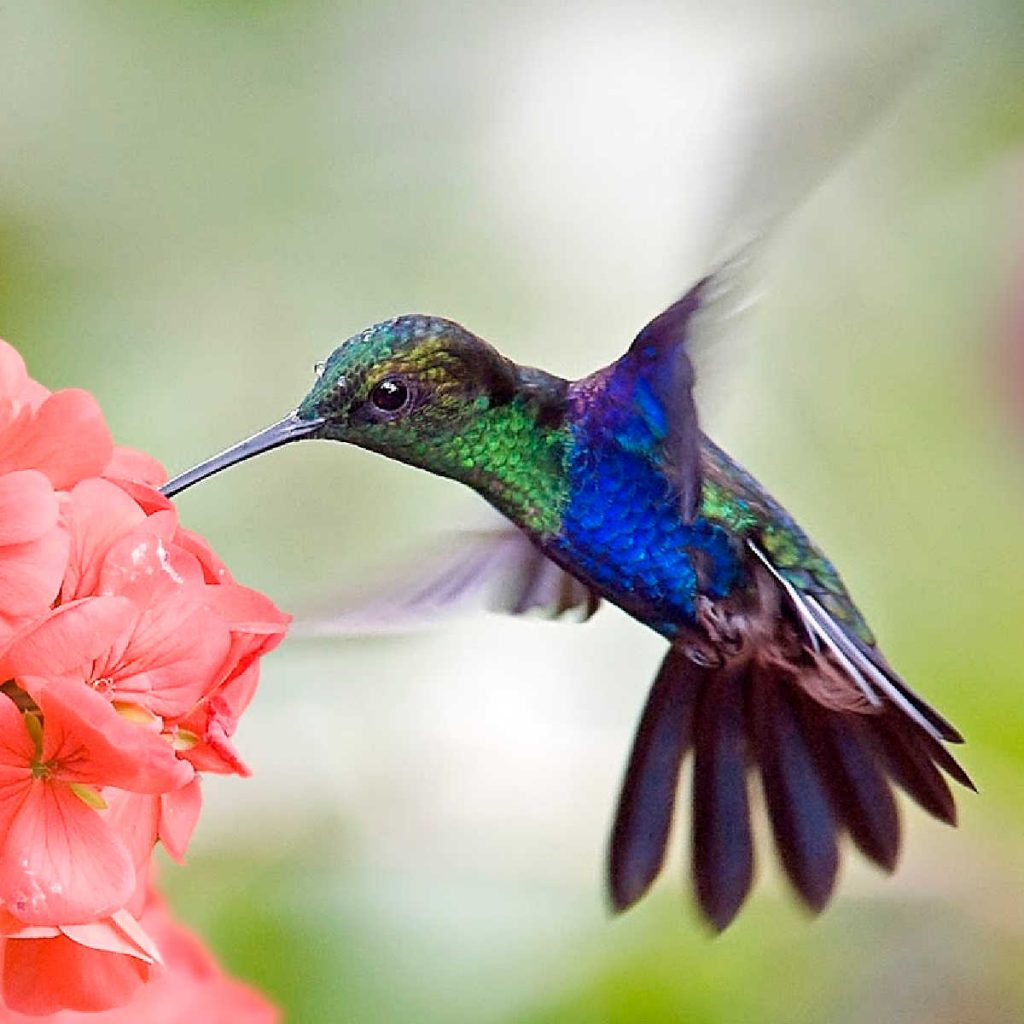
Hummingbirds are such an interesting bird. They flap their winds so quickly and their beaks are so different from other types of birds.
They are a lot of fun to watch though. They zip around and the sound as they move around you is so fascinating to hear.
You are able to attract hummingbirds to your garden, so you can enjoy watching them as they visit and they can enjoy their time in your garden as well.
Hummingbirds are absolutely beautiful, and if you plan ahead, you’ll be able to attract hummingbirds to your garden.
RELATED: Attract Bees to Your Garden
RELATED: Best Plants for Songbirds
Table of Contents
What Kinds Of Plants Are Hummingbirds Drawn To?
Hummingbirds tend to look for a specific type of flower.
They like flowers that have a tubular shape, as flowers with this shape tend to hold more of the nectar that they feed on.
They’re also attracted to flowers with bright colors that stand out from a distance.
Make sure to look at both the color and the shape of the plants if you want them to attract hummingbirds.
Best Flowers to Attract Hummingbirds
If you do decide to plant your garden with hummingbirds in mind, there are a ton of varieties of flowers to choose from.
Hummingbirds love a wide range of plants, including both perennials and annuals, so you are sure to find a plant you like.
Petunias
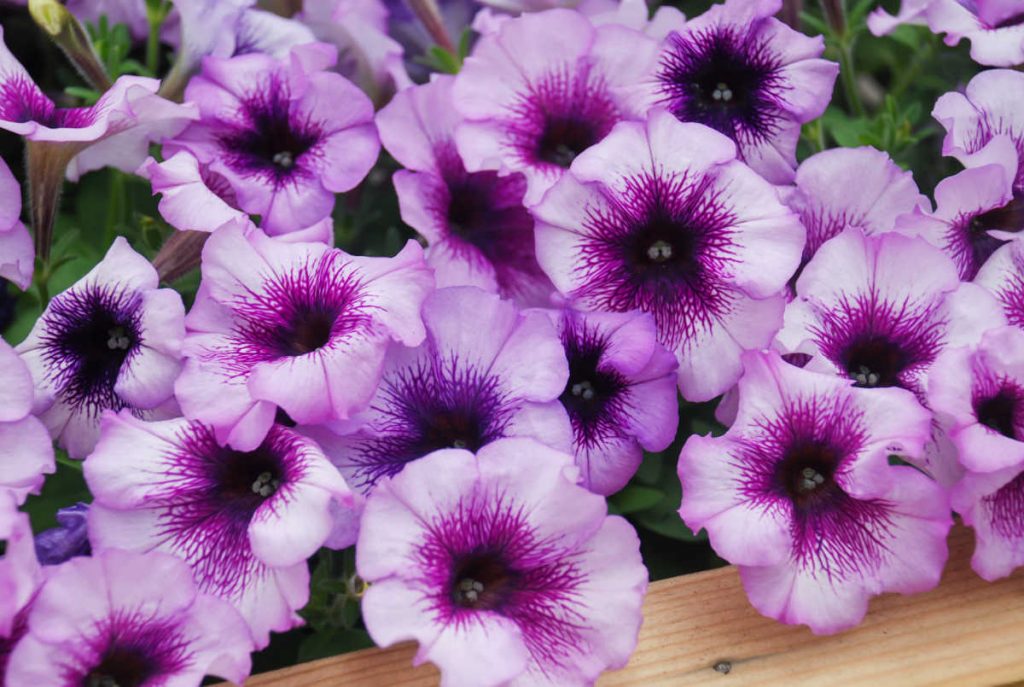
These long-blooming flowers are often treated as annuals, but they can be perennials in zones 9 through 11 if properly cared for.
They have a long flowering season that can span spring, summer, and fall. Petunias tend to get leggy by midsummer, so plan to prune them back to about half their length to keep them tidy and blooming for longer. Make sure to plant your petunias in full sun, too.
Petunias are easy to plant and grow, as long as you give them well-draining soil.
It is easiest to plant them from small plants rather than seeds, though. If you choose to start with seed, they need to be indoors for at least 10 weeks, and they need lots of light.
Plant your petunias after the last spring frost, sheltered from the wind, and keep them well-watered.
Blooms come in a variety of vibrant shades – pink, purple, red, white, and yellow.
Multiflora petunias are the hardiest of the species as well as most prolific. Their flowers are smaller than their Grandiflora sisters, but their blooms are abundant.
Columbine
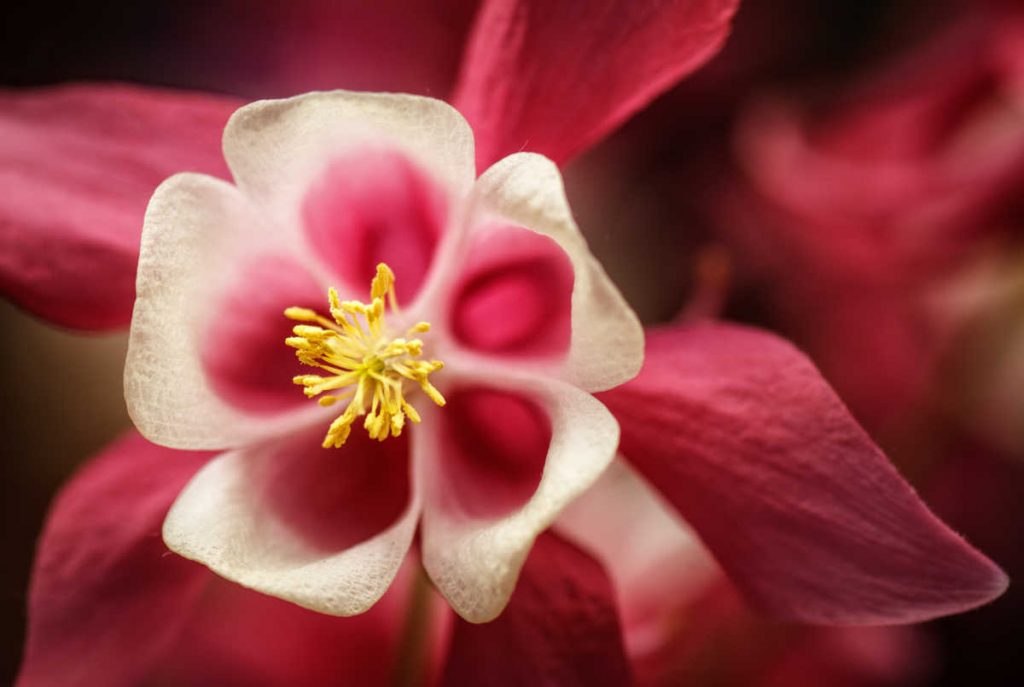
These perennial flowers love full sun and are easy to grow in hardiness zones 3 through 9.
They can grow in just about any soil type, as long as their pH is neutral, and will bloom through spring and summer.
In addition to attracting hummingbirds, these blooms are also loved by butterflies, bees, and moths.
Their blooms come in a wide variety of vibrant colors – blue, orange, pink, red, white, and yellow. These lacy flowers, also known as Granny’s Bonnet, also come in bi-color varieties.
Columbine are deer- and drought-resistant, though, so don’t let their fragile appearance fool you.
It is best to start this plant indoors from seed, then move the plants into prepared outdoor beds after the last frost.
They do need well-drained soil that is packed with rich nutrients.
Some of the most popular varieties of this flower are the eastern red columbine, European columbine, and the swan series.
Daylilies
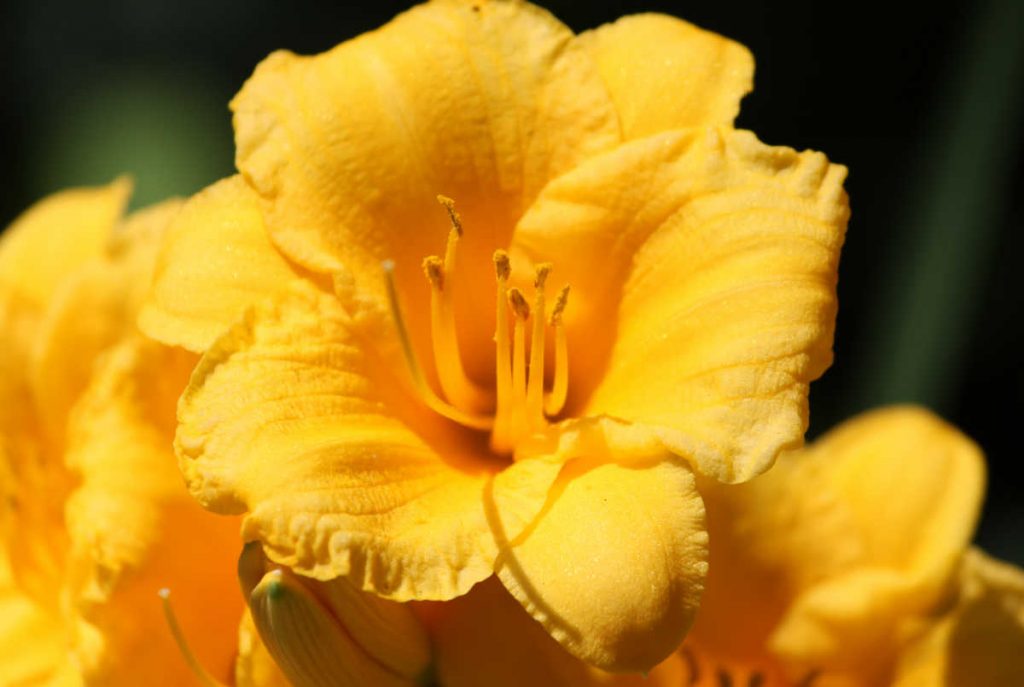
Daylilies are a sure bet in zones 3 through 9 because they thrive in a wide range of soil conditions, are generally pest- and disease-free, and bloom for years with little to no attention.
While the blooms generally last only a day (hence the name) each stem usually produces at least a dozen buds, so these flowers will stay in bloom for weeks at their peak time.
Flower breeders have produces thousands of named cultivars, from low, tight-growing varieties to some that rebloom a few times during the summer.
Many people combine early, mid, and late cultivars to have a steady stream of blooms throughout summer.
Daylilies come in a wide variety of colors, from white to yellow, pink, and purple, to bright orange and even some reds.
They also come in a wide variety of plant heights, from 6 inches to 3 feet. They do best in full sun in moist but well-drained soil.
They should be planted in the spring, although those in the south can get away with a fall planting.
Bee Balm
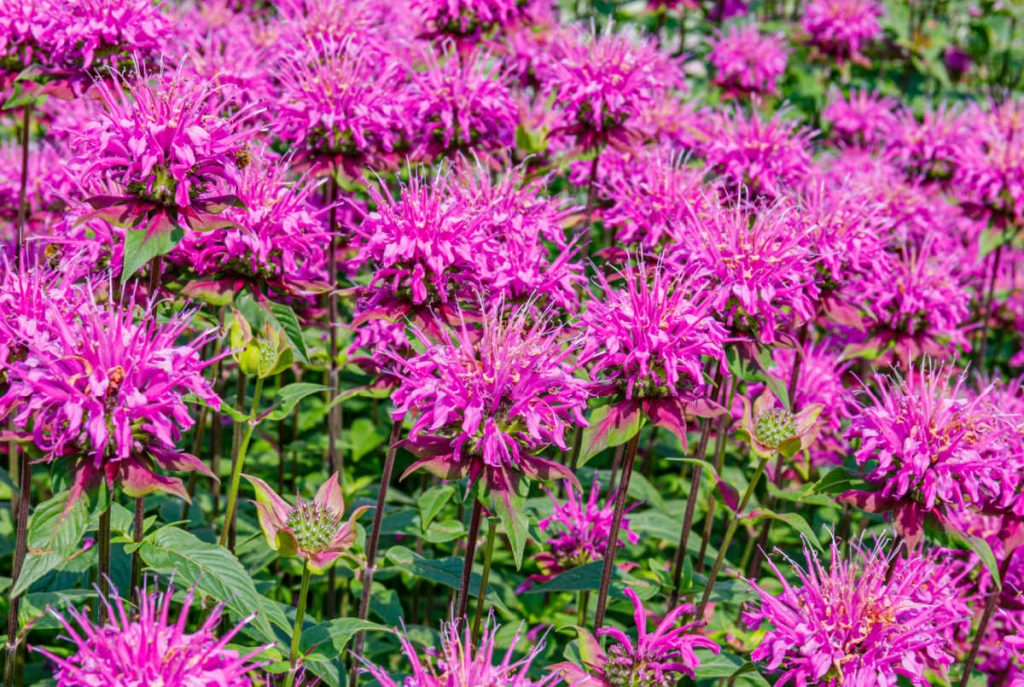
Bee balm thrives in full sun and loamy soil that is slightly acidic to neutral.
These summer bloomers are perfect for zones 3 through 9. Bee balm comes in a variety of colors of blooms, from pink, purple, red, to white.
In addition to hummingbirds, bee balm also attracts butterflies.
The blooms are fragrant and will look great in any pollinator garden.
The flowers will attract hummingbirds, butterflies, and bees in the spring and summer, then their seed heads will attract birds in fall and winter, bringing visitors to your yard nearly year-round.
Bee balm needs moist soil with mulch to preserve the moisture, but the plants should have a good amount of air circulation in order to deter mildew on their leaves. Be certain to deadhead faded blooms to encourage new blooms later in the season.
Foxglove
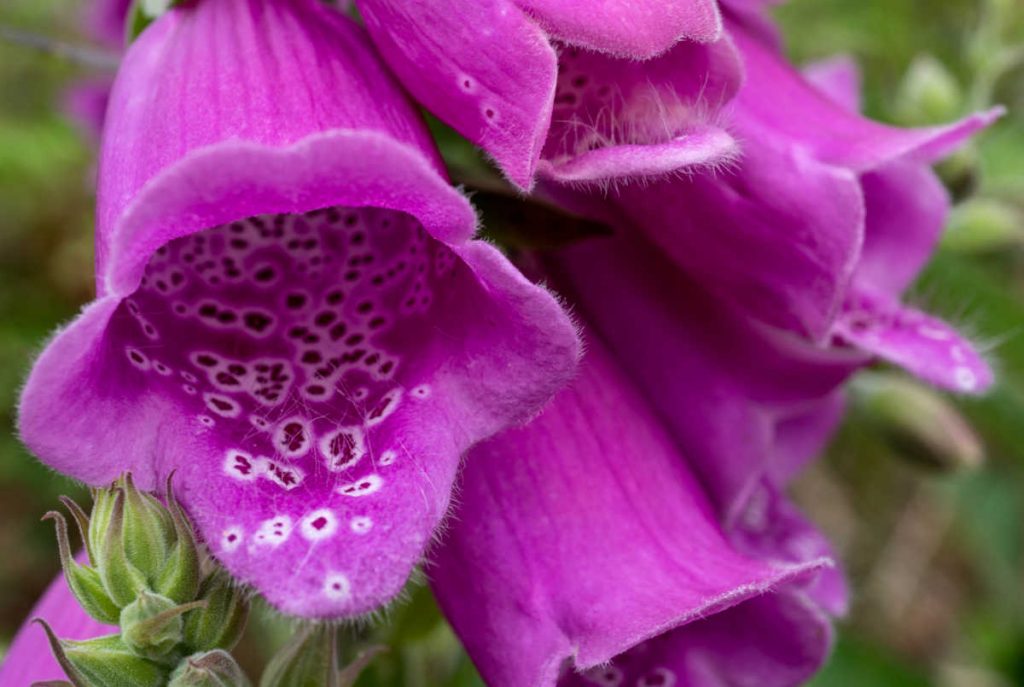
Foxglove loves full sun and loamy soil, and they will bring you springtime blooms of pink, purple, and white in zones 4 through 9.
Foxglove is biennial, though, so plan ahead when planting.
You’ll get rosettes and leaves in their first year, bloom in their second year, then die. They reseed easily, though, so if you plant them two years in a row, you’ll get lots of flowering plants for a while.
Please note, though, that all parts of the foxglove are poisonous. Please plant these tall (up to 5 feet) plants where pets and children cannot easily access them.
Foxglove loves rich, well-drained soil that is moist. If your soil isn’t rich, be sure to add compost and mulch the area well.
You can grow foxglove from seed in late Spring if you start them in containers, or late summer if you plant them directly in your beds. The seeds do need lots of light to germinate, so keep them uncovered.
Some of the most popular varieties are Foxy, Candy Mountain, Camelot, and Alba, but there are many cultivars and hybrids available to suit your garden.
Lupines
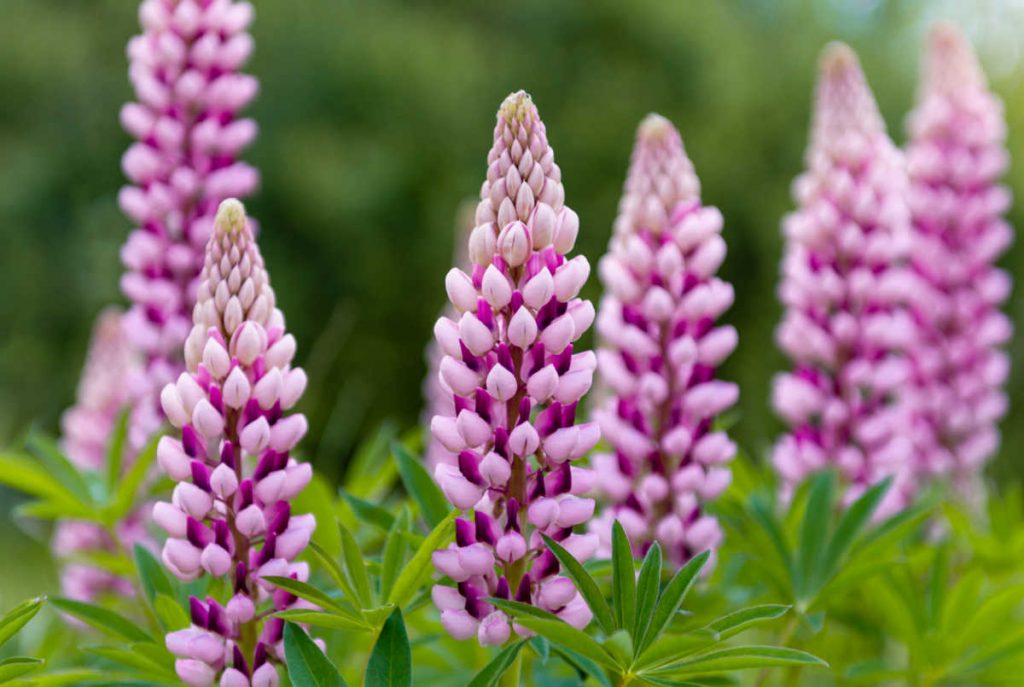
These perennial lovelies enjoy full or part sun in pretty much any type of soil, including sandy soil.
They bloom in spring and summer with flowers ranging from pink and purple to blue, red, yellow, and white. They are ideal for zones 3 through 7, and will also attract birds and butterflies.
Lupines come in hundreds of species, many of which grown wild across America.
Plant these lovelies in moist, sandy, well-drained soil from seed in early spring or fall. Be sure to soak the seeds in warm water overnight before planting for best results.
Fertilize your lupines every 4 weeks throughout summer, and be sure to deadhead those faded flowers to encourage new blooms. When the seed pods turn yellow, save them for next year’s planting, and wait until spring to trim off the dead spikes.
Mulch the plants to protect them in the winter.
RELATED: Best Plants to Repel Mosquitoes
Do All Of The Plants In The Garden Need To Appeal To Hummingbirds?
If you’re drawn to a plant that doesn’t have a shape or color that appeals to hummingbirds, such as white roses, you don’t necessarily have to rule that plant out.
As long as you include a few plants that will draw in hummingbirds, you can include plenty of other plants as well.
You can create a garden that’s inviting to hummingbirds, but also make sure that your garden reflects your taste.
Other Ways to Attract Hummingbirds
Planting the right types of flowers is absolutely the best way to make your yard appealing to hummingbirds.
However, there are a few other things you can do that might help bring a few more birds to your garden.
In addition to planting plenty of flowers, you might want to include a birdbath or fountain of some sort. This can provide birds with the water they need, which means hummingbirds will be able to feed happily in your garden.
You might also want to look into a hummingbird feeder.
Can You Attract Other Creatures Besides Hummingbirds?
If you want to have a lively garden, you don’t have to limit yourself to planting flowers that hummingbirds love. There are a lot of other creatures that you can attract.
For example, there are plenty of flowers that will also draw in butterflies. Plus, there are many other birds that you can attract to your garden using flowers.
Hummingbirds are a favorite of many people, and that’s why a lot of people design their gardens so that hummingbirds will visit them.
If you plan your garden just right, you should be able to look outside and see lots of birds flitting about – including hummers!
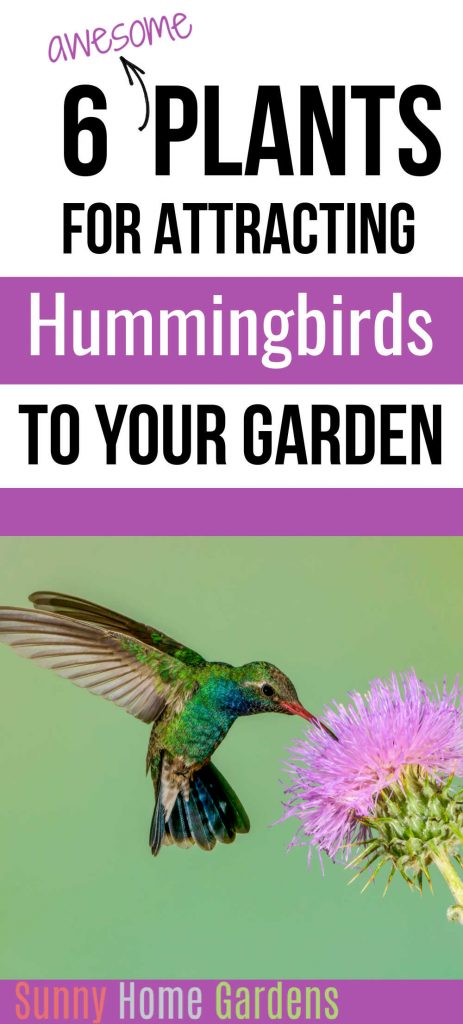




It was very helpful and interesting thank you